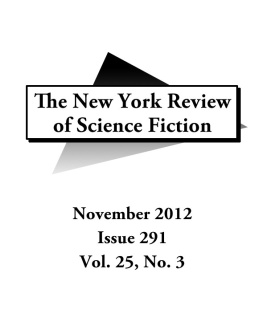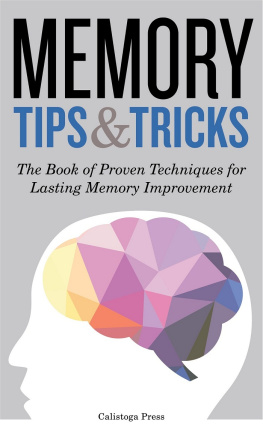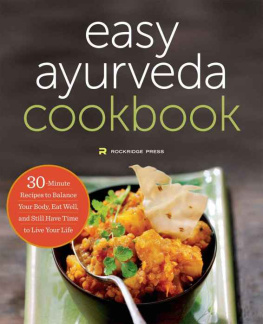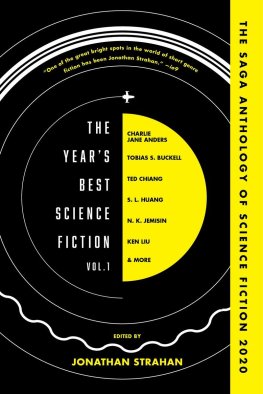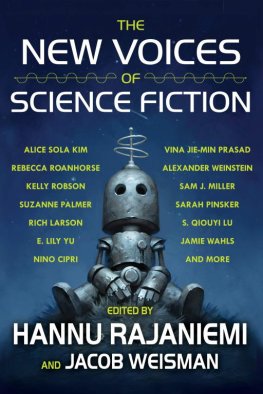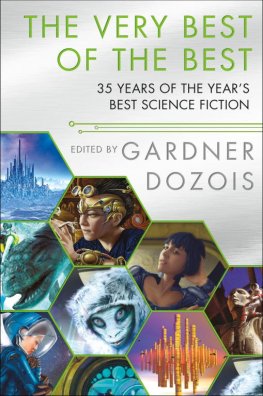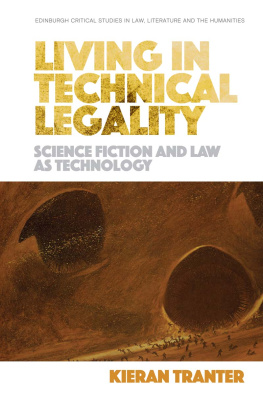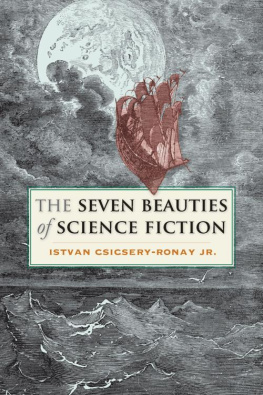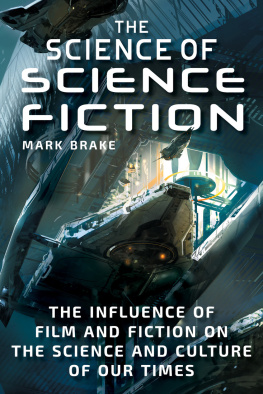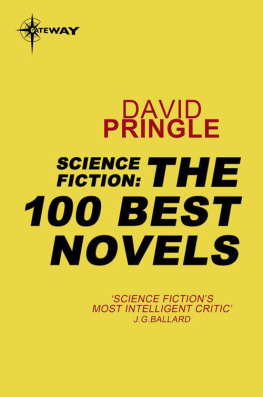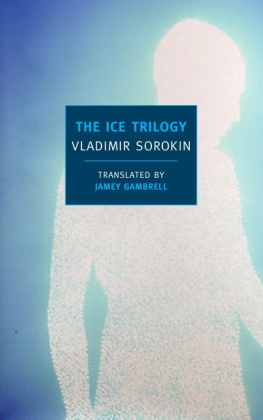Press - The New York Review of Science Fiction
Here you can read online Press - The New York Review of Science Fiction full text of the book (entire story) in english for free. Download pdf and epub, get meaning, cover and reviews about this ebook. year: 2012, publisher: Kevin J. Maroney, genre: Art. Description of the work, (preface) as well as reviews are available. Best literature library LitArk.com created for fans of good reading and offers a wide selection of genres:
Romance novel
Science fiction
Adventure
Detective
Science
History
Home and family
Prose
Art
Politics
Computer
Non-fiction
Religion
Business
Children
Humor
Choose a favorite category and find really read worthwhile books. Enjoy immersion in the world of imagination, feel the emotions of the characters or learn something new for yourself, make an fascinating discovery.
- Book:The New York Review of Science Fiction
- Author:
- Publisher:Kevin J. Maroney
- Genre:
- Year:2012
- Rating:5 / 5
- Favourites:Add to favourites
- Your mark:
- 100
- 1
- 2
- 3
- 4
- 5
The New York Review of Science Fiction: summary, description and annotation
We offer to read an annotation, description, summary or preface (depends on what the author of the book "The New York Review of Science Fiction" wrote himself). If you haven't found the necessary information about the book — write in the comments, we will try to find it.
Press: author's other books
Who wrote The New York Review of Science Fiction? Find out the surname, the name of the author of the book and a list of all author's works by series.
The New York Review of Science Fiction — read online for free the complete book (whole text) full work
Below is the text of the book, divided by pages. System saving the place of the last page read, allows you to conveniently read the book "The New York Review of Science Fiction" online for free, without having to search again every time where you left off. Put a bookmark, and you can go to the page where you finished reading at any time.
Font size:
Interval:
Bookmark:
Bernadette Lynn Bosky

Introduction: Theory and Thesis
Especially over the past fifteen years, the terms liminal or liminality and interstitial have become increasingly popular in discussion of the arts. Some of these discussions, such as the mission statement of the Interstitial Arts Foundation, seem to use the term primarily in terms of work that crosses the borders of, and/or exists in the interstices between, different genres and art forms (also see Gordon 9). The conference on Liminality in the Humanities at the University of Utah takes the term a bit further, presenting papers at the borderlands and interstices of various disciplines. However, that conference also uses the term as it will be used in this study. So, even more strongly, does The International Seminar on Liminality and the Text and its associated journal and books published by Gateway Press.
This use of the terms is based on their origins in anthropology, referring to the borders of and spaces between categories much more fundamental than genre or even different arts. Towards the beginning of the last century, anthropologist Arnold van Gennep stated that rites of passage generally have three stages: preliminal rites (rites of separation), liminal rites (rites of transition), and postliminal rites (rites of incorporation) (11). In the 1960s and 1970s, Victor Turner expanded and somewhat adapted van Genneps work, concentrating on the liminal stage. As summarized by Richard E. Palmer:
Limen in Latin means threshold, and anthropologists like Turner have become interested in a certain state experienced by persons as they pass over the threshold from one stage of life to another. For instance, Turner notes that the rite of passage at puberty has three phases: separation from ones status as a child... , then a liminal stage, and finally reintegration into society as a full and independent member with rites and responsibilities that the initiate did not have before. During the liminal stage, the between stage, ones status becomes ambiguous, one is neither here nor there[;] one is betwixt and between all fixed points of classification. (12)
Two clear examples of a liminal state in modern Western culture are divorce and, even more so, marital separation. The couple isnt joined anymore, but they arent separate. (Note even the switch from single to plural verb.) Rules from neither state apply; one is betwixt-and-between. Many people find that some others avoid them in such a liminal state, not knowing what to say or do. Another example is graduate school, an often arduous and curiously protracted liminal state. Graduate students arent professionals or students, yet they are both. They are expected to be bold as if the professors are colleagues but submissive as if they are only students; they are paid to teach but not paid much. Many of us would have preferred to be locked in a hut and fed only with implements that would be disposed of afterwards, a more common cultural response to such liminal states.
Places as well as times may be liminal. Crossroads are a meeting of two places and hence not fully either one; they are also, like the liminal stage of initiation, a place of possibilities and choices. Thus, it should not surprise us that the liminal figure of a vampire (neither alive nor dead, yet both) may be slain or buried there (see Clements, Ogre 39). Within a house, stairs, landings, and hallways are liminal areasplaces we pass through, not generally places where people live. Unsurprisingly, landings, hallways, and stairs are among the most popular places for sightings of ghosts (us and not us, not alive or dead). Two even more popular places for ghost sightings are windows and doorways, which are quintessentially liminal, existing purely to separate yet join areas of room vs. room, room vs. hallway, inside vs. outside.
Here a distinction must be made between boundaries and thresholds, but a connection must be made as well. As stated by that quintessentially liminal figure, Hedwig of Hedwig and the Angry Inch, Aint much difference/Between a bridge and a wall. On the simplest level, that which separates is often also that which joins; one example is the semicolon.
More mythically, one of the goals of ritual is to turn boundaries into thresholds, as when a shaman crosses the barrier between our world and the other world and then personally forms a bridge between them or as a culture hero makes those boundaries less impermeable (Ellis). Roads and paths can be liminal also; they lead from one place to another, joining them, but also help define, for instance, what is safe versus what is not, as in the story Little Red Riding Hood. Finally, liminality is also connected to the idea of hybridsthat is, places, people, events, and things that take part in two categories that are thought of as being not only separate, but dichotomous, such as the ghost or vampire.
Note that many processes have a pattern of departure, entry into other realms, and returnJoseph Campbells pattern of the hero, for instance, and shamanic initiations. The difference here is that when it is defined as liminal, the middle stage presents not only physical, mental, and/or spiritual danger but also social and epistemological danger, as its very nature challenges the concept of categories of behavior and thought as absolute. In fact, at their most radical, these liminal areas challenge the binary nature of dichotomies that are supposed to be all encompassing: man/woman, human/animal, human/divine, approved/prohibited, life/death. Liminal phenomena are taboo, again in the more technical sensetaboo things and processes are hedged with prohibitions, regarded as excluded and dangerous but still having great magic, religious, and/or social power. When William Clements discusses the work that Mary Douglas and Edmund Leach have done in this area, he concludes that liminal things and processes often inspire dread, perhaps because they invite chaos by revealing the inadequacies of the ordering system that cannot accommodate them (Legends 83). Those who understand the ordering system as inherent in life rather than constructed feel a different fear because then the anomalies become examples in themselves, or at least omens, of catastrophic rupture in the world itself (see Purcell).
Critics have commented on the mixing of genres in Little, Big. Thomas Disch remarks upon its incredible tightrope act between realistic human events and magic (159). James Hynes wittily describes the novel as a long, gorgeously written picaresque family saga, in the last fifty pages of which all the major characters, with one heartbreaking exception, turn into fairies (1). (Actually, the hint of an abrupt change within the book is vastly unfair: early indications of the presence of fairies may often be baffling to the first-time reader, but they are undeniable.) However, Little, Big is also a liminal book in a deeper, more mythic sense. It is about transitions, which are repeated on multiple scales and on multiple occasions: the turnings of the seasons and of the history of the world, the personal changes of the many characters and the overarching Tale of their final crossing-over from the world of human beings to the world of the fairies. Much of the book is about the peril and potential of these turning points. Boundary-crossings and the interstitial time between the old and the new are reflected in the novels nigh-ubiquitous use of liminal places, times, and processes. Characters generally do well or poorly based on their ability to live in, or at least accept, various degrees of conjunction of our world with that of the fairies.
Note that the world of the fairies is not, in itself, liminal. In fantasy, there is the place one gets to by crossing a threshold: the world of fairy, or Oz, or Shangri-La. Then, there is the place or time or condition that is the threshold itself. In most fantasies, the emphasis is on the former, while in
Next pageFont size:
Interval:
Bookmark:
Similar books «The New York Review of Science Fiction»
Look at similar books to The New York Review of Science Fiction. We have selected literature similar in name and meaning in the hope of providing readers with more options to find new, interesting, not yet read works.
Discussion, reviews of the book The New York Review of Science Fiction and just readers' own opinions. Leave your comments, write what you think about the work, its meaning or the main characters. Specify what exactly you liked and what you didn't like, and why you think so.

